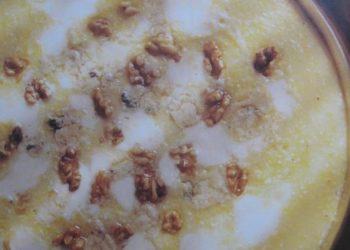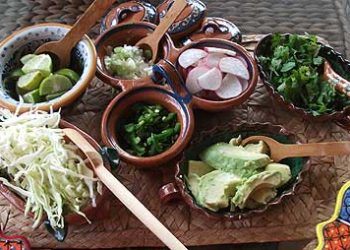The plant is named for the nymph Minthe, whom Persephone caught in the arms of her husband, Pluto. The enraged Persephone threw her on the ground and trampled her, but she lives on, we are assured by ancient myth, as mint.
Loosely speaking there are 2,000 species of mint, including pennyroyal, which “made and worne about the head is of great force against the swimming in the head, and the paines and giddiness thereof.” Try it on your favorite airhead.
Although a very large family, only one genus, Mentha, is allotted to true mint, and of all of those, only two–peppermint and spearmint–are cultivated commercially in any quantity. Although neither is native to the United States, this country has become the world’s largest producer of the herb, supplying three-quarters of the world’s mint. The purple stemmed black peppermint is by far the most widely grown, and its high menthol content accounts for the sensation of coolness that invades the mouth after the original pungency has died away.
Until recently, there was little evidence of our abundant production of mint in American cuisine. One must turn to the foods of other countries to find much beyond mint-flavored toothpaste, ice cream and jelly, a traditional if not very interesting accompaniment to leg of lamb. The south, to their credit, has been sipping mint juleps for more than a century.
American’s recent infatuation with other cuisines has introduced mint in a variety of savory dishes. Thai food, which combines mint with cilantro, ginger, garlic, and lime to excellent effect has revealed many possibilities. Mint adds a bright quality to a dish and is especially good with citrus. Add a few leaves to green salad and toss it with a lemon vinaigrette. Lamb and mint have been longterm companions, though I’ve always found the traditional mint jelly too sweet. Instead, I like to make a simple mint relish and serve it with grilled lamb chops. You can also wrap mint around small pieces of lamb for shish kabob.
Mint is a hardy plant, extremely easy to grow. If you have a little piece of land and enough water, you might consider growing some. It spreads pretty rapidly and can take over an area, so keep that in mind when you decide where to plant. Most landscapers recommend keeping it in a pot and keeping that pot on something other than your soil, lest escapees take over your garden.






